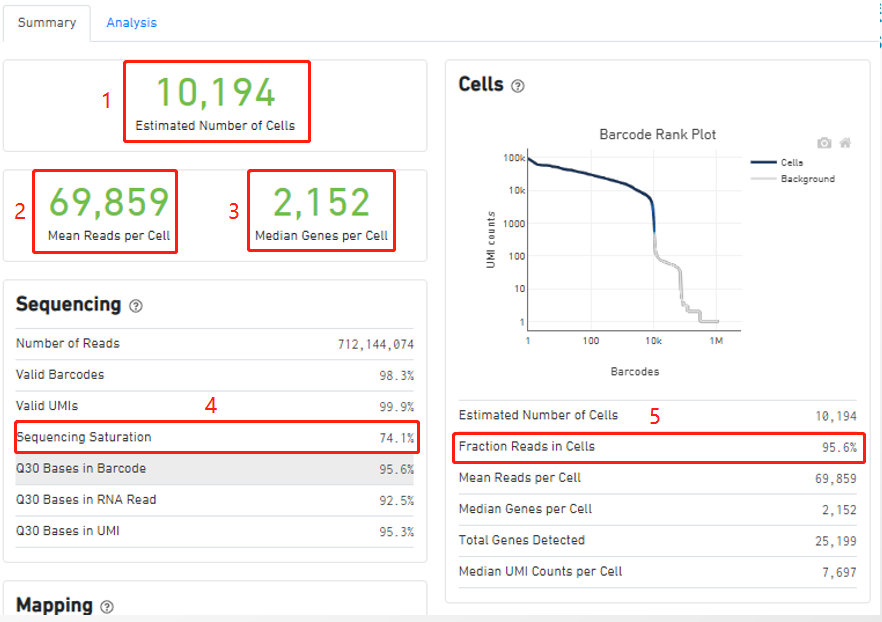Q&A about the Early Stage of Single Cell Sequencing
Q&A about the Early Stage of Single Cell Sequencing
Q&A about the Early Stage of Single Cell Sequencing. Cells are the basic unit of life activities. At present, the technology of single-cell sequencing is being applied more and more. The fields include neuroscience, tumor immunity, embryonic development, etc. Do you also plan to carry out related research? If you have doubts about single cells in your mind, let the editor take you from the common problems and gradually clear the fog.
Question 1. Why do single-cell sequencing?
The heterogeneity between cells, the subtle differences in the microenvironment, these information we are concerned about will be masked by conventional Bulk sequencing, and the single-cell level can separate cells one by one and find differences. For the first time, single-cell sequencing puts our research away from the perspective of God, and goes deep into the cell to observe the differences and similarities of each cell. In addition to the genetic level, we can also perform multi-dimensional analysis at the cell level and cell group level.
Q2. What are the requirements for sample delivery for single-cell sequencing?
The prepared single cell suspension or blood or tissue can be used. Quality requirements: cell viability is greater than 80%, cell concentration is between 5*10^5—1.2*10^6/ml, and the total number of cells is preferably greater than 10^5 , Cell culture medium and buffer should not contain Ca2+ and Mg2+, and the cell volume must be less than 40μm and greater than 5μm. Different species and different tissues contain many types of cells. For the same organization, according to the biological problems studied, the needs for different cell types are also very different. Parsonox’s single-cell suspension preparation research and development team designs one-to-one highly personalized dissociation solutions for different species, different tissue types, different experimental processing methods, and different cell types of interest. Sampling details, transportation details, and all aspects will escort your highly personalized research.
Question 3. Does the preparation of cell suspension affect gene expression?
In the current commonly used methods, whether it is enzymatic digestion or mechanical operation, it will inevitably affect cells. The former will cause the cells to produce a stress response, and the latter will easily damage the cells, thereby affecting cell viability. Therefore, it is very important to set up controls when designing single-cell sequencing experiments. The aforementioned influences also exist in case and control. By focusing on the differentially expressed genes of case and control, we can remove the systematic error of the experiment and find the key genes that determine the biological process of interest.
Question 4. How to judge the data quality?
To get a high-quality data, the first step is to obtain a high-quality single cell suspension. The cell viability of a single cell suspension is required to be greater than 80%. At present, AO/PI staining and trypan blue staining are commonly used. In comparison, trypan blue staining will have some false negatives. For the activity determination of plant protoplasts stained with trypan blue, the proportion of false negatives will be higher. Because chloroplast-rich plant cells are darker after trypan blue staining, the cell counter will be judged as dead cells. Therefore, it is also a very important step for experienced operators to check the cell status. The second step is to capture a sufficient number of high-quality cells. The quality control standards for this point can be explained in conjunction with the figure below.
1. The number of captured cells: This is an important parameter for single-cell sequencing research. The greater the number of cells captured, the more sufficient the evidence, and the better for publishing high-scoring articles. In the subsequent analysis process, cell filtration will be performed again, and the final number of cells will be the number of captured cells described in every single-cell sequencing article.
2. It is the average number of reads in the cell, which is equivalent to the sequencing depth, generally more than 30,000 is a good data.
3. It is the median gene value in the cell. The value of this value is related to different tissue samples, such as cancer cells, which may have a higher value.
4. It is the saturation of sequencing, generally greater than 50%.
5. It is the proportion of high-quality cells compared to the reads obtained by this sequencing, and it is also the data for subsequent analysis. If the cell activity is low, there are more cell ruptures, and more mRNA is released into the environment, this value will be low.

Question 5. How to judge the cell type?
To determine the cell type, you need to select the marker gene yourself. You can refer to published articles of similar species or samples, or determine the marker based on the database, such as CellMarker, panglao, etc.
Conclusion
Cells are the basic unit of life activities, and the development of science and technology now gives us the ability to explore it, to show its full picture, and to pry into the deep mechanisms behind complex life. We believe that for a long period of time in the future Internally, with the development of single-cell sequencing and the accumulation of data, the context of phenotype, genotype, and environment will become clearer and clearer, allowing us to have a deeper understanding of ourselves.
(source:internet, reference only)
Disclaimer of medicaltrend.org



